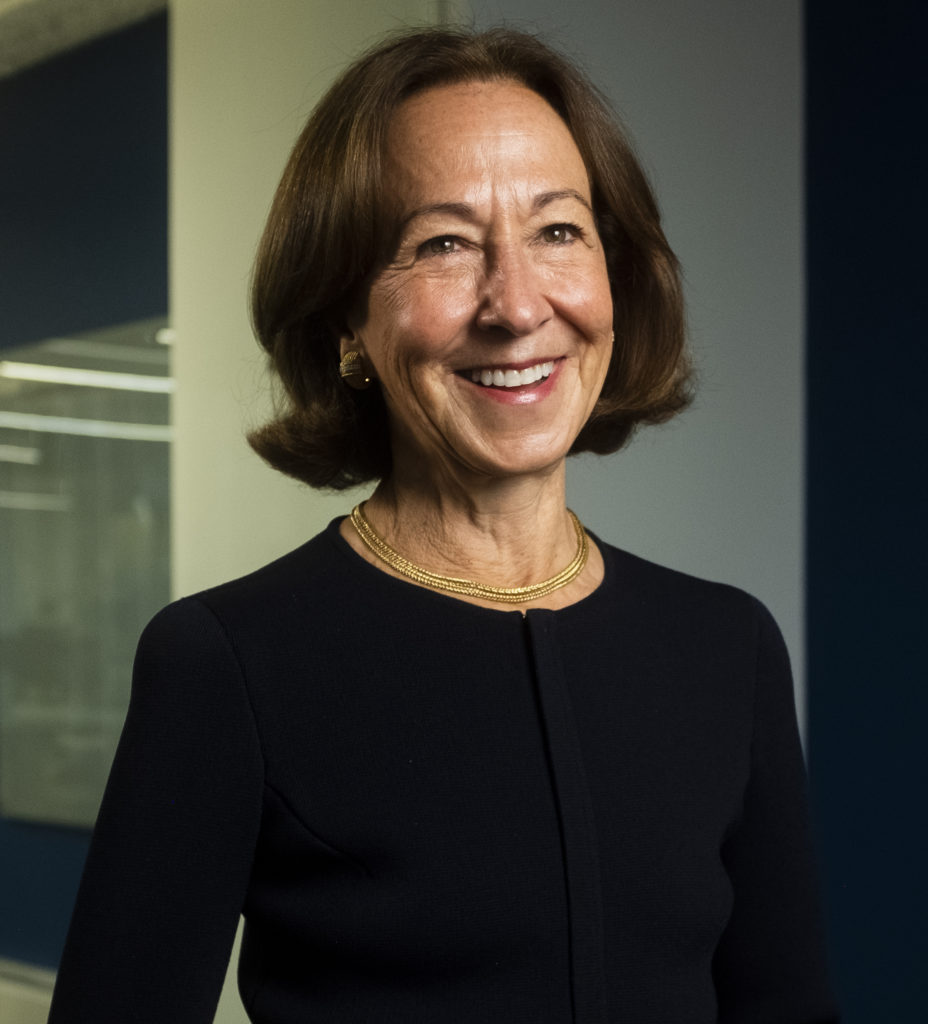Finance of America Companies (NYSE: FOA), the parent company of leading reverse mortgage lender Finance of America Reverse (FAR), announced that its net income fell in the fourth quarter of 2021 despite an increase in overall originations. However, the reverse mortgage division managed to post positive gains, leading the company’s executive team to encourage its investors to look at the full scope of its portfolio.
This is according to an earnings call announcing the company’s fourth-quarter and full-year 2021 results, featuring the company’s SVP of Finance Michael Fant, CFO Johan Gericke and outgoing CEO Patti Cook. Despite the challenging retirement, Cook and others relayed confidence in the ability of FAR to be a driver of profitability within the company’s broader portfolio, which is partially attributed to the idea that reverse mortgage performance could be tied more to home price appreciation levels as opposed to interest rates.
Reverse mortgage performance: a positive for the FOA portfolio
Cook describes FAR as a generally solid performer in the FOA portfolio, singling out that segment at the top of the earnings call to highlight positive strides made by the FOA organization despite a loss in net income.
“Notably, our reverse business outperformed again, with revenue growth of 3% quarter-over-quarter and a 101% year-over-year increase,” Cook said. “Our continued success is a direct result of Finance of America’s unique business model in reverse, commercial, lending services and capital markets capability that collectively form and separate us from other lenders in the category.”
A diversified model including reverse is also a factor which helps the company to maintain its operating profitability during a changing mortgage market, most visible in the transition from primarily refinance business fueled by low rates to primarily purchase business, she explained.
Cook also alluded to that market evolution potentially benefitting certain retail loan officers who choose to incorporate a reverse mortgage offering into their product suites for borrowers, she said.
“Our distribution network of loan officers and brokers is an untapped asset that can help sell other Finance of America products,” she said. “As refinance volumes decline, it allows our roughly 1,100 loan officers and 1,250 broker relationships to supplement their business by selling reverse and commercial mortgages. In 2021, our LOs and brokers each sold on average, half a reverse and one-tenth of the commercial loan, and we believe there is opportunity to increase this meaningfully.”
FOA’s specialty finance and services (SF&S) business segment is a key driver of growth for the company, Cook said. FAR plays a notable role in this segment, further enhancing its position in the company’s border portfolio according to statements she made in the presentation.
“A key driver of our SF&S success is our reverse mortgage business, which offers products and services designed to help older Americans tap home equity as part of their retirement plan,” she said. “The strength in this market is driven by post-new origination and refinancing due to recent home price appreciation.”
Reverse mortgage potential
Cook also indicated that FOA sees a great deal of unrealized potential in its reverse mortgage segment due to favorable demographics and retirement realities in the United States.
“The reverse eligible population in the U.S. is growing as baby boomers age,” she said. “In addition, many boomers have not saved enough to maintain their current lifestyle. A reverse mortgage is an attractive solution to not only allow homeowners to age in place but also to plan their lifestyle. We are continuing to invest in education and advertising to drive market awareness around the benefits of a reverse mortgage and the responsible use of the home’s equity as an effective means to help fund retirement.”
Gericke gave more detail about the full-year performance for FAR but also indicated later that one negative in the reverse segment’s performance came from accelerated prepayment speeds.
“For the full year, reverse originations generated $389 million in revenue or a 101% increase over 2020 and $243 million in pre-tax income, excluding the impairment of goodwill and intangible assets, a 127% increase compared to the prior year,” he said. “[…] revenue was negatively impacted predominantly by fair value marks on reverse assets as actual prepayment speeds exceeded modeled outcomes. These marks reflect lifetime impacts across the portfolio of assets and are driven by several factors, including home price appreciation.”
‘One of the reasons we love the business’
Cook later explained that FOA expects margins on the reverse mortgage business to tighten over the next several months, but later addressed where reverse mortgage growth is coming from according to the perspectives of FOA’s leadership team.
“One is, is the uptake, the awareness for new customers, we are seeing very solid growth in what I would say our first-time, referred borrowers,” she said. “But at the same time, the amazing home price appreciation has certainly fueled volumes from, call it a cash-out refi. So, it’s really both of those that are continuing to contribute to the volume in reverse. As we have mentioned on prior calls, we are also excited about the marketing and awareness activity that is going on in reverse, to continue to increase the population size of participants.”
When asked about the key differences between drivers of growth in forward and reverse mortgages, Cook explained that the growth factors are not identical which is one of the reasons that FOA is interested in expanding that side of the business further.
“The difference between reverse and traditional mortgage business is that catalysts for refinancing in the reverse business are more about home price appreciation than it is interest rates,” she explained. “So, as the equity in the reverse borrowers’ count goes up, they have the opportunity to take out cash. And that really is what’s fueling the higher volume in that sector. It’s much less correlated to interest rates than forward mortgage, which is one of the reasons we love the business. That’s a compliment to the [traditional mortgage business].”
Find more insight into FOA’s forward mortgage performance at HousingWire.




